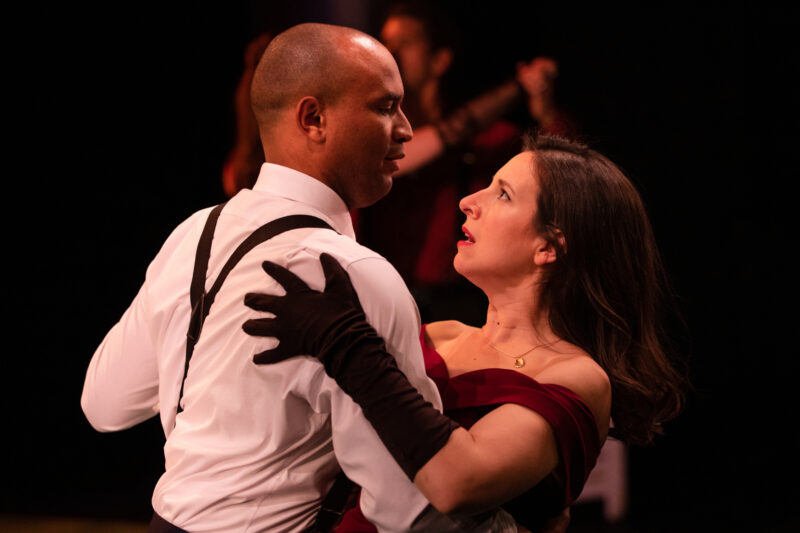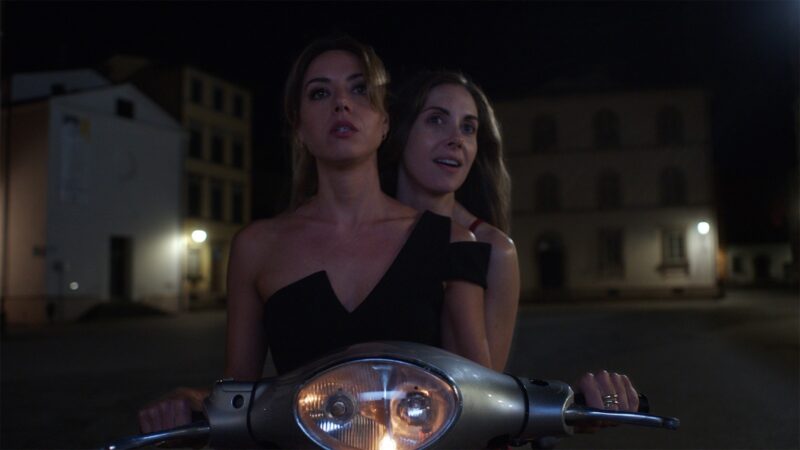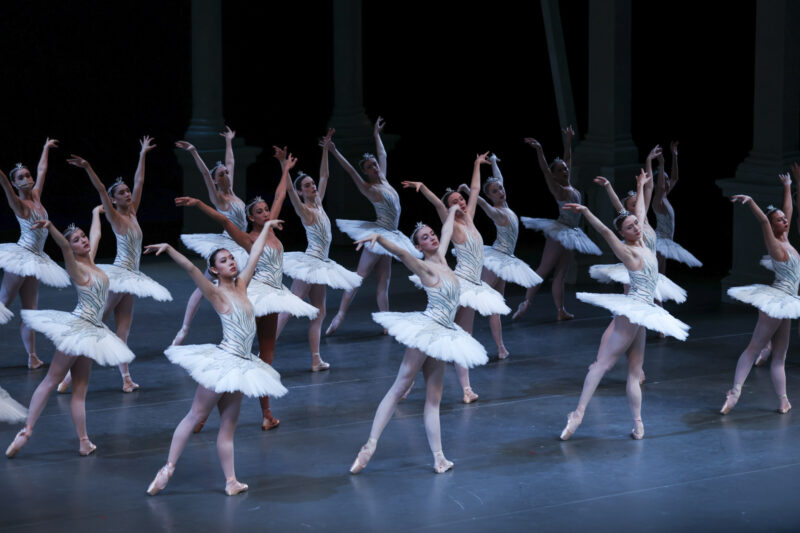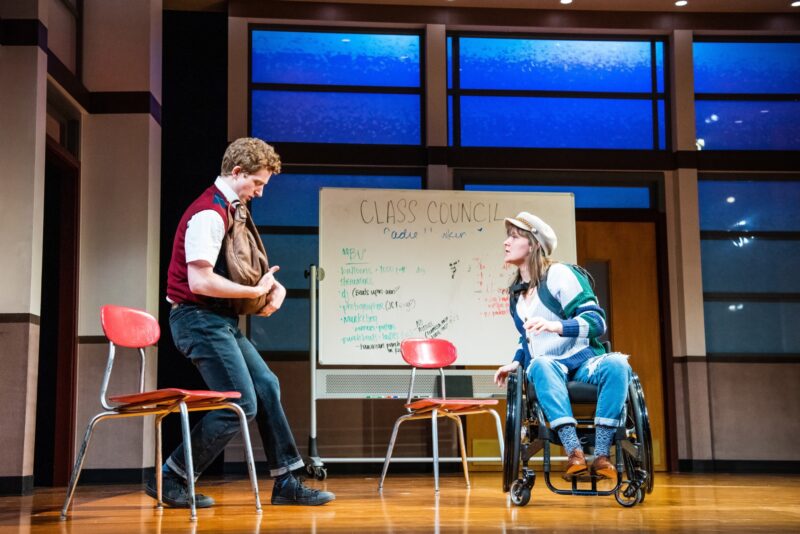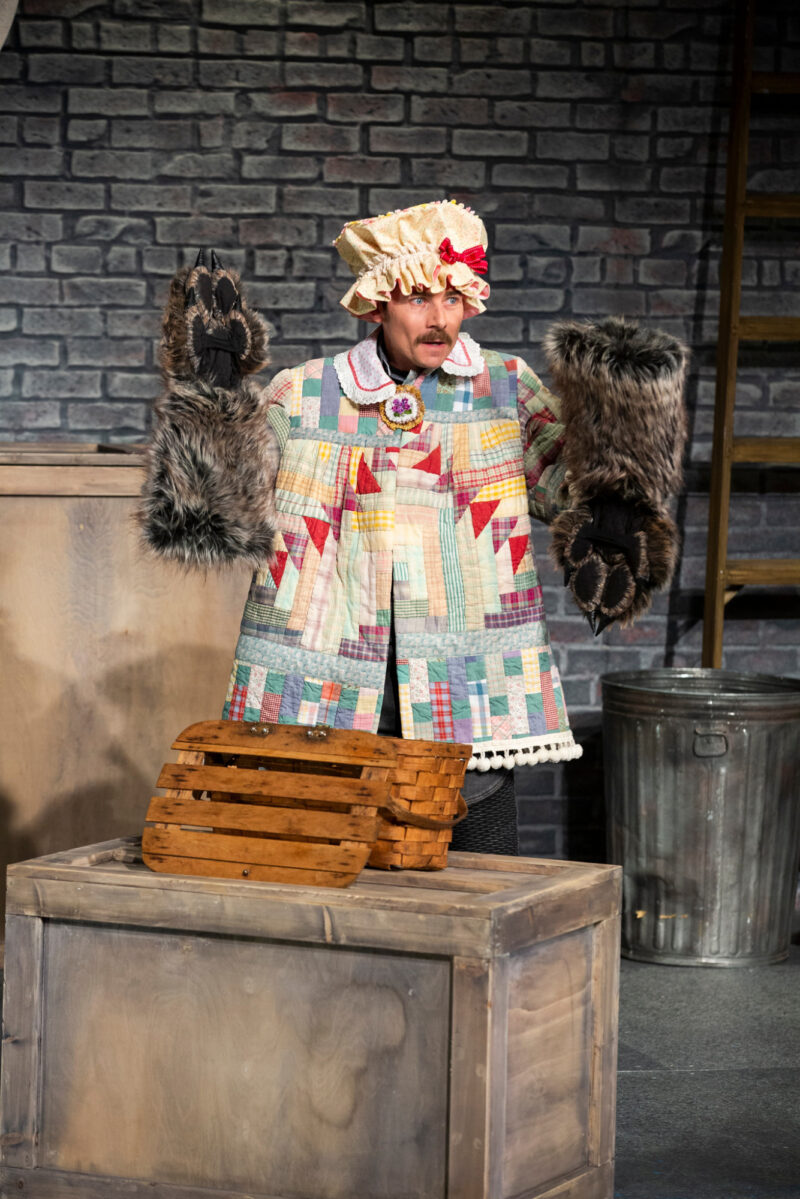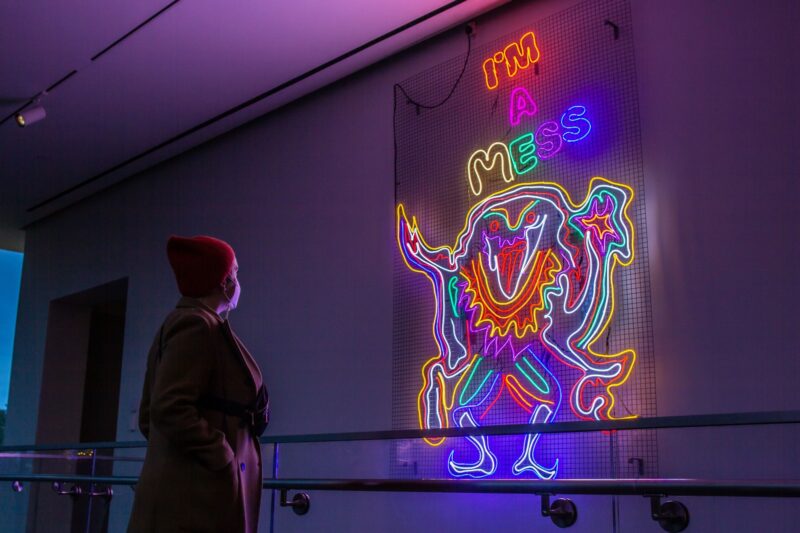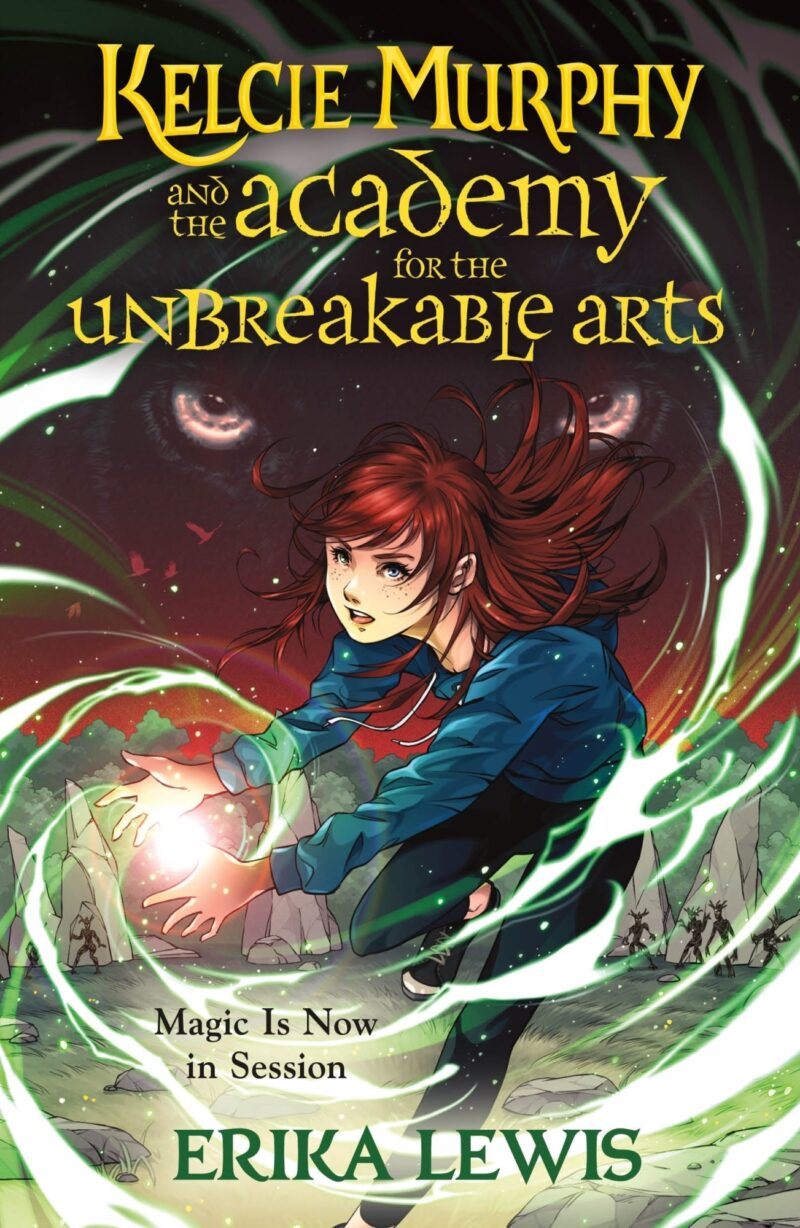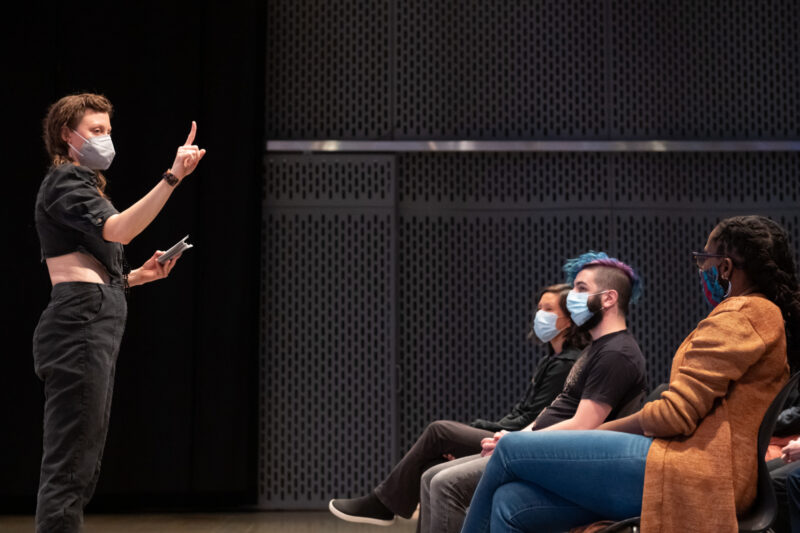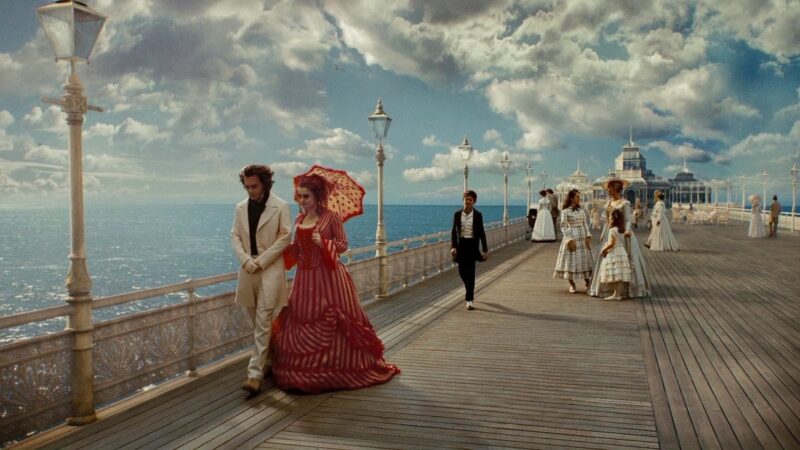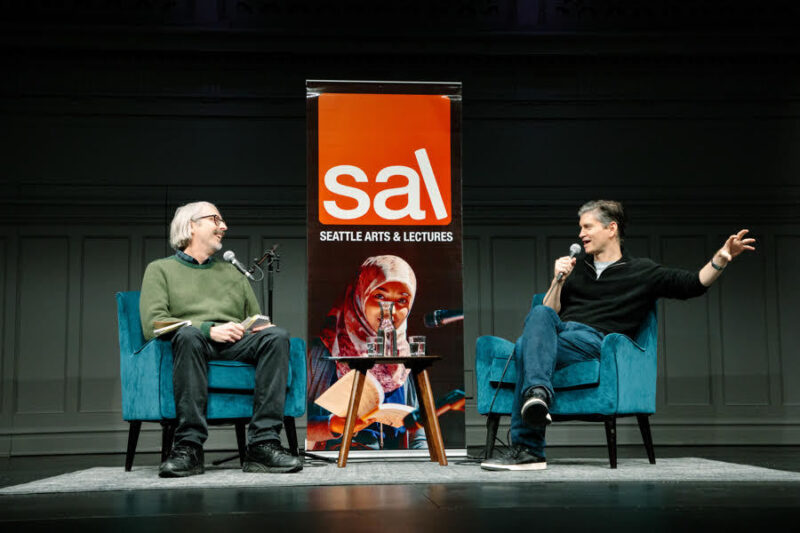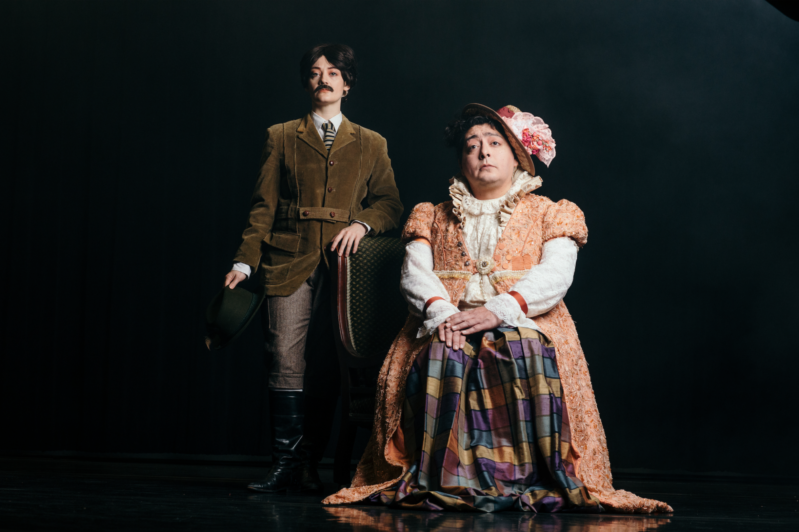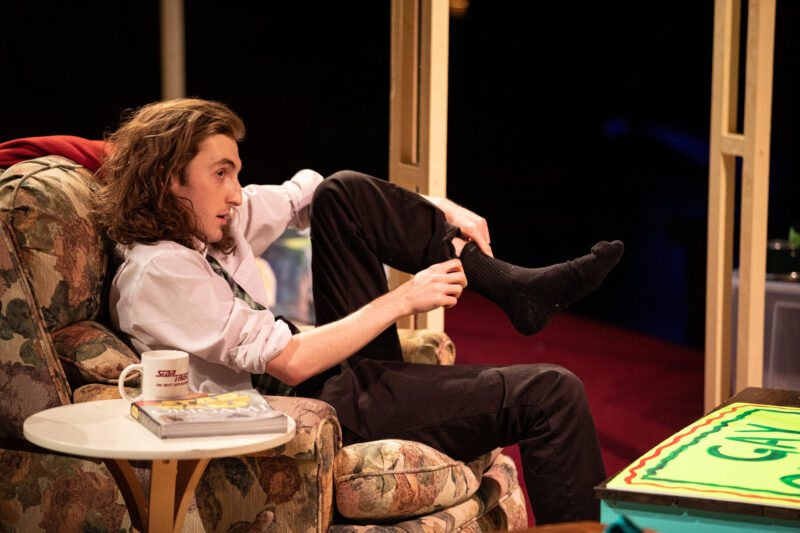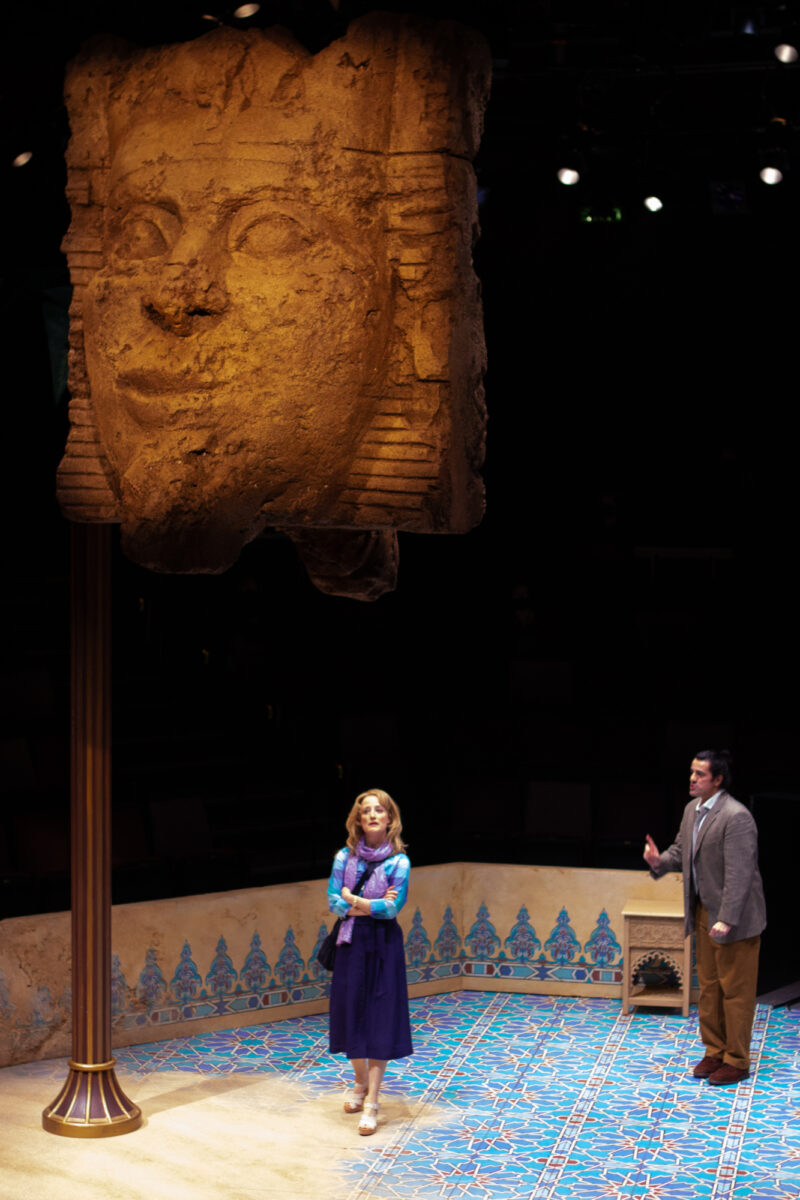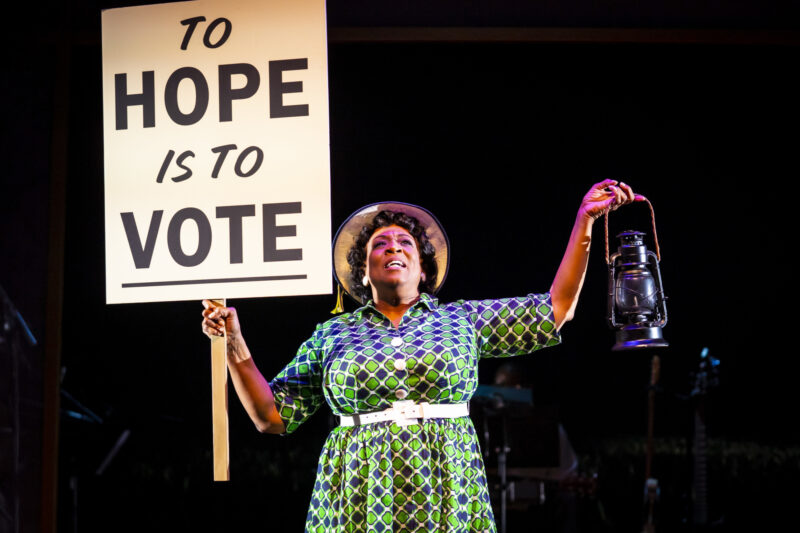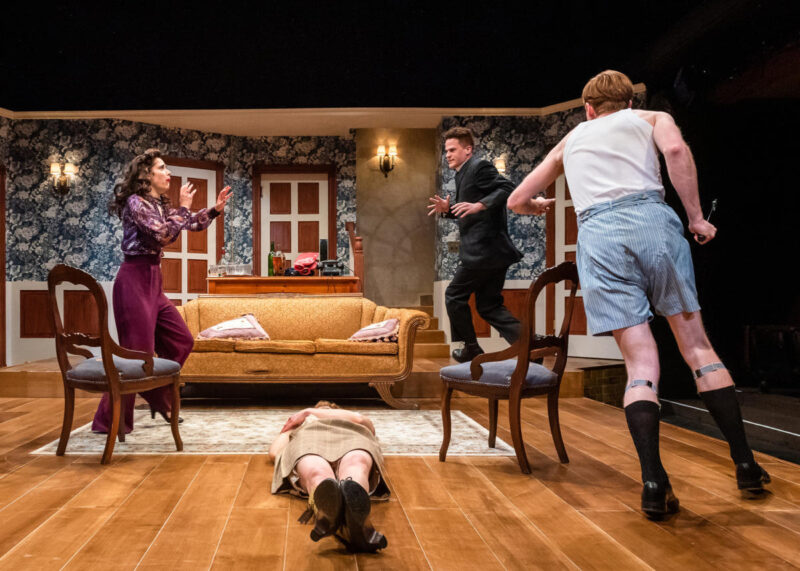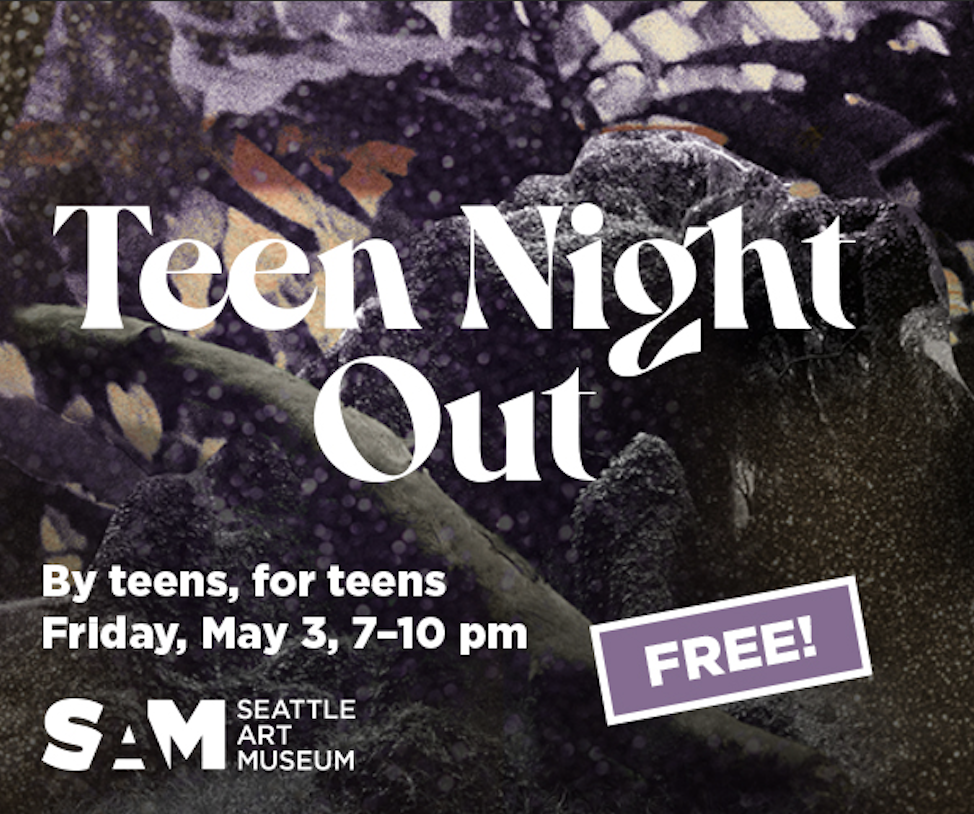The Relaxing Trance of Crash
Review of Crash by Jacob Jonas The Company at Edmonds Center for the Arts
Written by Nastya Wilcox during TeenTix’s Dance Journalism Workshop at ECA
I have known about Jacob Jonas The Company for a little bit. When I found out that they were coming to Seattle, I had to go and see their show called Crash. The waves off of the Santa Monica Pier inspired this show and it included the waves and their height/positions that were scientifically researched. For him, Jacob Jonas said that the ocean was a place of healing and relief. This show offered precisely that.
Crash began in the darkness and silence, and you could tell people were afraid to make even the slightest noise not to destroy the pre-show mood. The light slowly came on from the left of the stage, it was a soft white light. This was the sunrise; the dancer's bodies were covered with this one-sided light, and they looked so peaceful. A couple of solos started, then more and more joined in laying on the ground and making wave shapes with their body. It looked exactly like a wave shape you would see in the ocean. The waves were formed with their legs in their hands, moving in ½ second counts. Gradually, dancers got up one by one, with each performing a solo before they went back into the ocean formation. This reminded me of big waves hitting the beach and then going back in the water. The music was the kind you hear in morning meditations: slow, twinkly, and full of energy. The dancers' movements were soft, and they expressed the music perfectly. It was more like the music wasn't for them, but they were there for the music.


